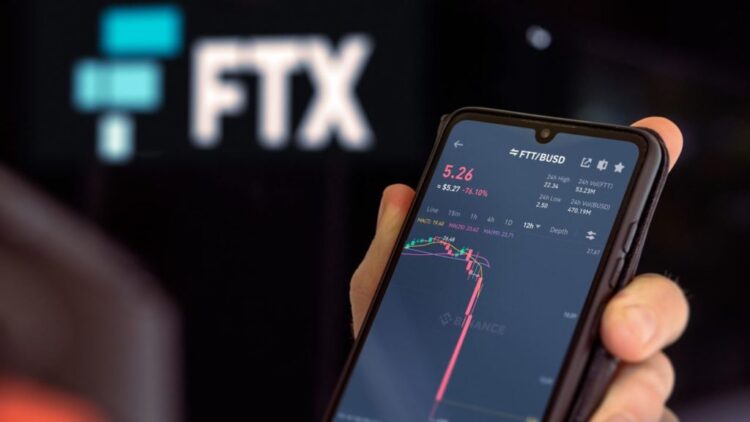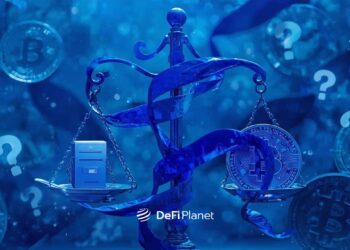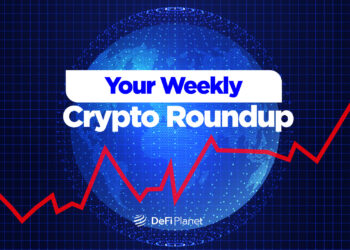Exchange tokens are issued by cryptocurrency exchanges such as Binance, Kucoin, and FTX, entitling holders to various incentives, benefits, or perks within the cryptocurrency exchange ecosystem. Examples of such incentives include trading fee reductions, rebates, and early access to token sales hosted on the platform, known as Initial Exchange Offerings (IEOs).
These tokens have the potential to generate significant value. It’s important to stress that this value is not derived from selling shares or issuing loans but rather from exposing the token’s worth to exchange users and creating some buzz through announcements and a few big speeches. Exchange tokens also improve an exchange’s liquidity by giving the platform more dry powder to call on when markets get tight.
Exchange tokens function similarly to other cryptocurrency tokens. They can be traded on secondary markets or held for speculative purposes. Notable examples of exchange tokens include FTX’s FTT, Binance’s BNB, Huobi’s HT, and WazirX’s WRX.
It’s crucial to note that exchange tokens are not equivalent to corporate shares and do not often grant governance rights over the exchange. However, they often exhibit behavior similar to equity markets as an exchange token’s value is largely determined by the belief that the exchange will be successful, leading to increased demand for the exchange token as the platform’s activity grows.
Each exchange token has its unique issuance schedule and tokenomics. Typically, the exchange’s team reserves a substantial amount, releasing it gradually to users and the trading community to stimulate platform growth.
Many exchange tokens are deflationary; for instance, FTX regularly burned FTT tokens equivalent to a third of the weekly revenue, as did Binance with its BNB token issued on the BNB Chain. This demonstrates that exchanges have full control over their exchange tokens, safeguarding their value, but it also poses the risk of misuse. CoinDesk uncovered documents in November 2022 revealing that FTX’s sister company, Alameda, held billions of dollars in “unlocked FTT” on its balance sheet, making it their largest asset at the time.
BNB Is the King of Exchange Tokens

According to CoinMarketCap, the exchange token market is currently valued at $42,330,170,665, with a trading volume of approximately $358,869,973, reflecting a massive and highly liquid market. But what stands out is that the exchange tokens market sharply mirrors the market share of these exchanges, with Binance commanding a substantial portion of the total trading volume on CEXs.
This dominance extends to the exchange tokens market, with Binance’s market capitalization 2x higher than that of all the other exchange tokens combined.
This is attributable to the utility of BNB, which not only offers incentives like trading fee reductions and access to IEOs but also serves as the native token for the Binance Smart Chain. This means BNB has deeper utility in the Binance blockchain as it is used for gas fees (transaction fees). Other exchanges, such as Kucoin and Crypto.com, have tried to replicate this model, but have been less successful as their blockchains have struggled to pick up as much steam.
How FTT Contributed to FTX’s Downfall
In understanding why FTX crashed, it’s important to look at the role of FTT and the involvement of Binance. Initially, FTX seemed like a major player in the global crypto exchange scene, making FTT investments appear reasonable. However, this perception changed when we consider the substantial number of FTT tokens owned by a rival exchange, Binance.
At that time, Binance had a significant 23 million FTT tokens, worth around $529 million. Binance had acquired these FTT tokens as an early investor in FTX in 2019. When FTX cashed out Binance’s equity share in July 2021, it compensated Binance in FTT. The value of FTT dropped by 80% when Binance announced its plan to sell its entire holding, instantly triggering a liquidity crisis.
Binance’s influence in the crypto market allowed it to significantly impact FTX and the market as a whole. Binance’s CEO, Changpeng “CZ” Zhao, is one of the most prominent figures in the crypto space, giving him significant leverage. It’s worth noting that Binance also has a stake in X, the social nerve centre of the crypto community.
Another risk related to investing in exchange tokens is the counterparty risk. In crypto, counterparty risk is primarily associated with stablecoins and the assurance that these coins are backed by real-world assets.
Exchange tokens present a similar concern: What underpins their value?

This risk involves assessing whether the exchange has enough liquidity to support its tokens and whether it has a reserve to tap into in case of sudden liquidity shortages, as was the case with FTX. Investors needed to exchange BTC or ETH for FTT tokens, and when the value of FTT dropped, there was no way to get back the BTC or ETH initially exchanged.
A close look at the FTT chart paints a bleak picture of a token that lacks substantial real-world utility. In simpler terms, its value was mainly driven by speculation, with the price consistently falling below the moving average, indicating a persistent downward pressure.
This downward trend led to a price drop below the $21 resistance level, coinciding with the FTX liquidity crisis triggered by Binance. Following a post on X by Binance, a staggering $5 billion left FTX in a single day.
Final Thoughts
While FTT did play a significant role in FTX’s downfall, the overall risk was linked to the utility of the exchange token. Exchange tokens may offer incentives and generate hype and capital for exchanges. However, the long-term sustainability of these tokens hinges on the practical utility they provide. Sometimes, the utility listed above, which every crypto exchange offers, is simply not enough.
Disclaimer: This piece is intended solely for informational purposes and should not be considered trading or investment advice. Nothing herein should be construed as financial, legal, or tax advice. Trading or investing in cryptocurrencies carries a considerable risk of financial loss. Always conduct due diligence.
If you would like to read more articles (news reports, market analyses) like this, visit DeFi Planet and follow us on Twitter, LinkedIn, Facebook, Instagram, and CoinMarketCap Community.





















